High-speed rail connects top tourist sites and delicacies
Writer: Chen Xiaochun | Editor: Stephanie Yang | From: Shenzhen Daily | Updated: 2020-08-24
As cross-province group tourism resumes in China, the 648-km-long Chengdu-Guiyang high-speed rail line that was recently put into service once again becomes popular, as it connects 26 national 5A-level tourist attractions and 386 national 4A-level scenic spots, including Huangguoshu Waterfalls, Baili Azalea, Emei Mountain and Leshan Giant Buddha.
It’s the most magnificent high-speed rail in China, which travels from the Sichuan Basin at 240 meters above sea level to the Yunnan-Guizhou Plateau at 2,400 meters above sea level, crossing different terrains including basins, hills, mountains and plateaus.
The whole rail line includes 183 tunnels and 468 bridges. It’s the first high-speed rail for tourism in China which connects three provinces: Sichuan, Yunan and Guizhou. It’s also a rail line for foodies, who will be able to treat themselves with dandan mian (Sichuan noodles with peppery sauce), chuanchuan (skewers of vegetables and meat), burning noodles and other delicacies.
The 648-kilometer rail line starts in Chengdu, passes through the cities of Meishan, Leshan and Yibin in Sichuan and Zhaotong City in Yunnan Province, before arriving in Guiyang. It has 24 stops and its trains have a designated speed of 250 kilometers an hour. The quickest journey between Guiyang in Guizhou Province and Chengdu in Sichuan Province now takes just two hours and 58 minutes.
Chengdu, a city with fun and delicacies
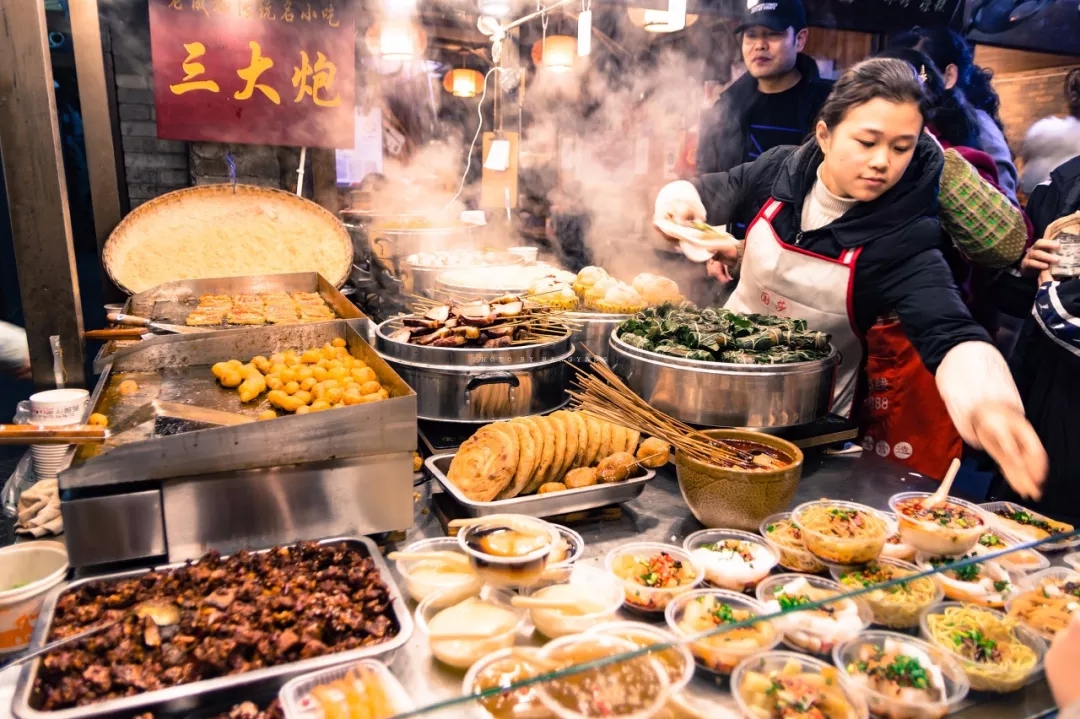
Chengdu has gone viral in recent years. With cute pandas, mouth-watering delicacies and the custom of playing mahjong, most visitors are lured to meander around the streets of this leisurely city.
One thing that definitely cannot be missed is watching the chubby pandas in the Chengdu Research Base of Giant Panda Breeding. Chengdu is a city brimming with a strong leisurely ambience and one of the highlights lie in its streets and alleys: the renowned historical and cultural street — Kuanzhai Alley, the famous snack street — Jinli Ancient Street, and the pedestrianized shopping street — Chunxi Road.
After arriving in Chengdu, do try to experience the tea culture here. Find an old tea house in Renmin Park, Daci Temple or Wenshu Temple, and sit down to savor a bowl of tea while reading the newspaper, or have a lively chat. It’s a great way to enjoy the carefree life in Chengdu.
You really have to try the food in Chengdu, one of the four world cities of gastronomy in China. It’s a city that won’t allow you to leave with an empty stomach, from chuanchuan to hotpot, mapo tofu, sliced beef and ox tongue in chili sauce, and dandan mian … you name it.
Meishan, hometown of Su Shi and home to “little Cambodia”
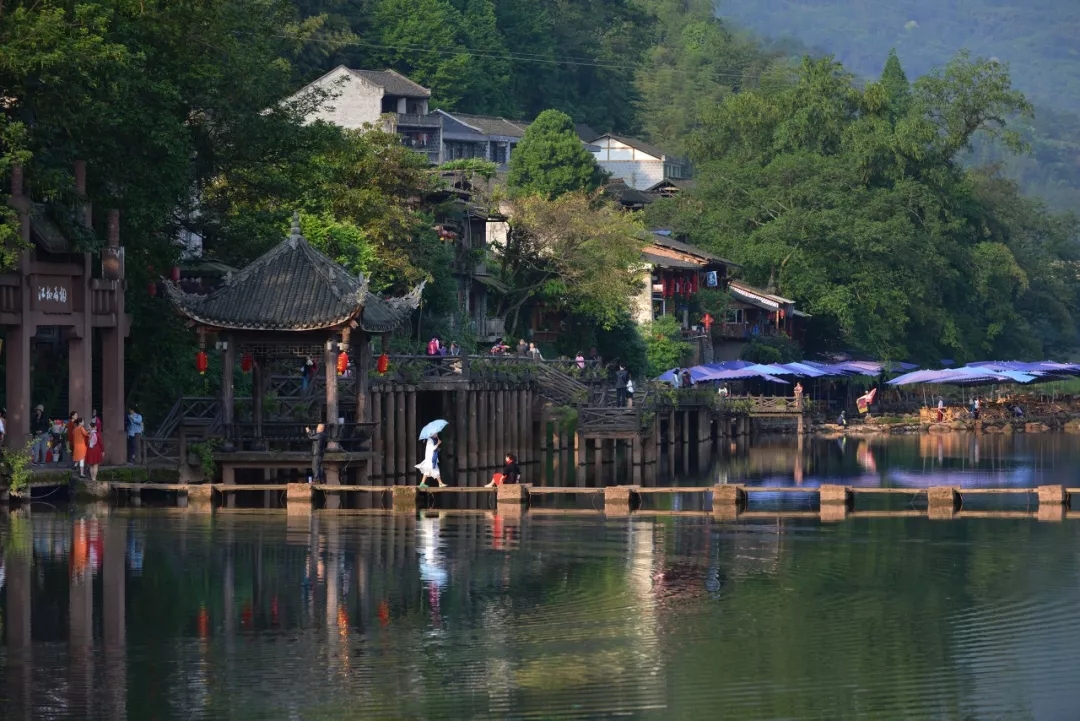
Sixty kilometers away from Chengdu, Meishan is a poetic place endowed with mountains, flowing water and old towns. It only takes 18 minutes to travel from Chengdu by high-speed train.
Sometimes, a city becomes well-known for a single special person. This is exactly the case with Chinese poet Su Dongpo (Su Shi) and his hometown Meishan. As a poet, writer, painter and calligrapher, Su, who lived between 1037 and 1101, is not only a literary giant in Chinese history, but also a world-renowned icon.
The Memorial Temple of Three Sus (Sansu Ci) in the southwest section of Meishan is the former residence of the three great poets in the Northern Song Dynasty (960-1127) namely Su Xun, Su Zhe and Su Shi. Their residence was reconstructed as a memorial temple in the Yuan Dynasty (1279-1368) and was worshiped by numerous litterateurs as well as by the masses.
After you come to Meishan, don’t forget to check out the “little Cambodia” — Caoyu Shoal. Endowed with poetic scenery, the 18-square-kilometer scenic area is home to a total of 108 pagodas, hence earning the nickname.
Liujiang Ancient Town is also worth visiting during your trip to Meishan. Located in Hongya County, Meishan City, Liujiang Ancient Town offers a quiet getaway and an opportunity to experience 800 years of Chinese history.
Built in the Southern Song Dynasty (1127-1279), Liujiang was once dominated by some well-off families. There were four well-known clans, namely Zeng, Zhang, Yang, and He. Today Zeng’s Mansion is the most intact residence, resisting the test of time. In addition to the old Chinese-style houses, the old town is also known for its picturesque scenery.
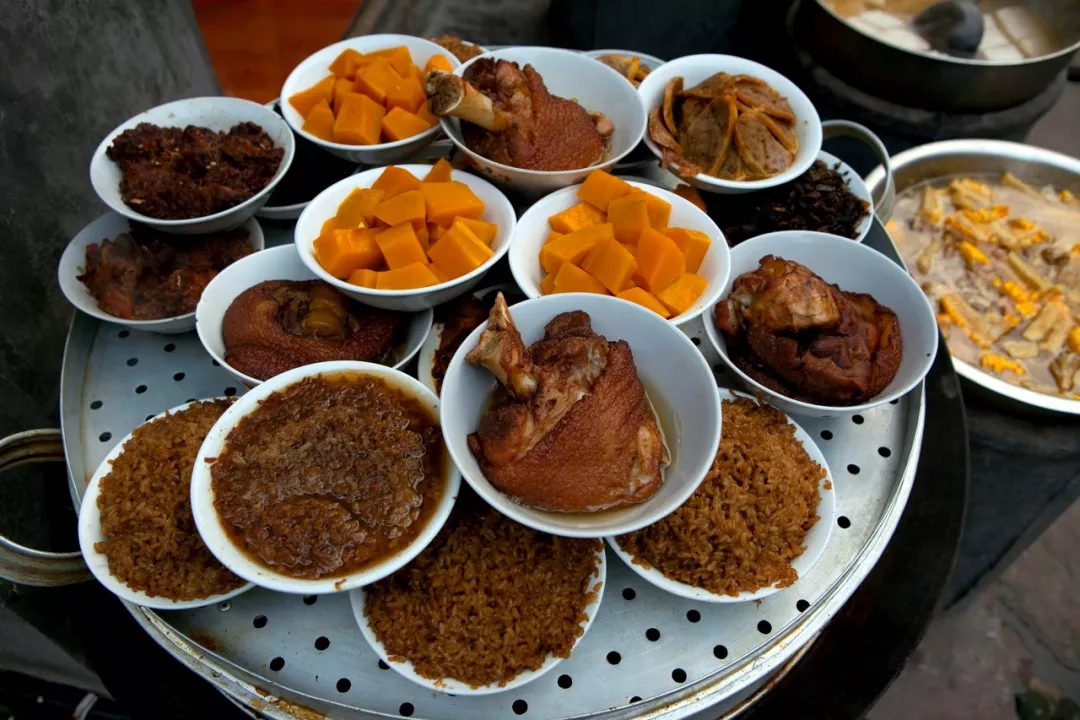
Meishan is no doubt a palace for foodies. Dongpo meat, Dongpo fish, double cooked mutton … it’s just a low-key food town that awaits its discovery by foodies.
Leshan, a town with real food
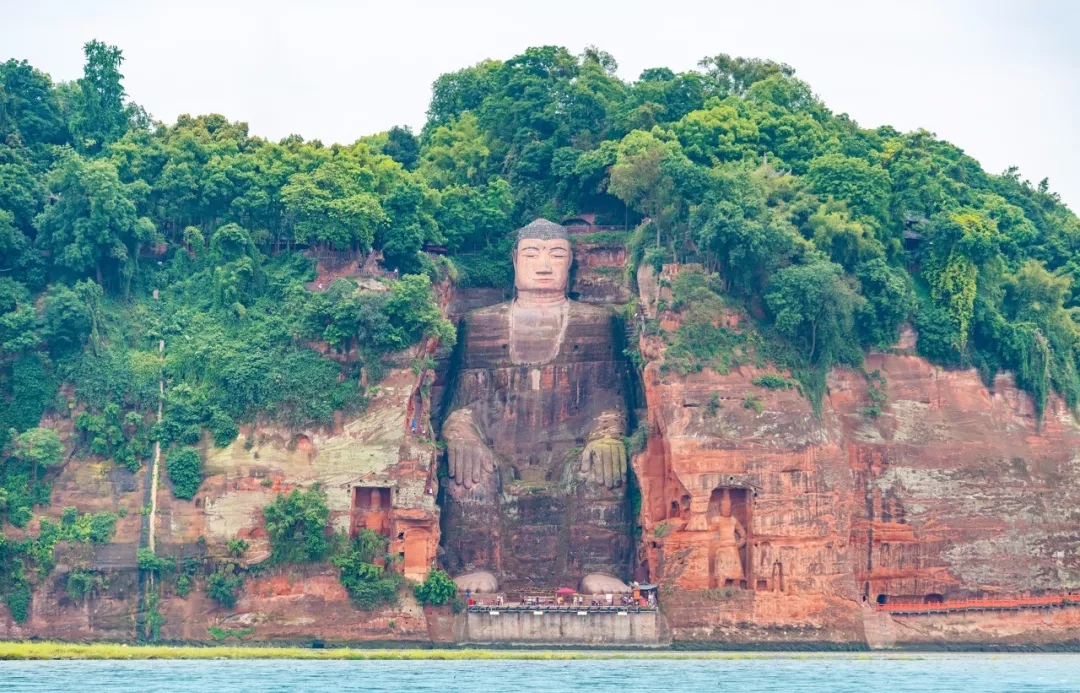
There is a saying: If you don’t visit Leshan, your trip to Sichuan is wasted. Sichuan is home to many world cultural heritage sites and most of them are located in Leshan: Leshan Giant Buddha, Emei Mountain and Dongfeng Weir, just to name a few.
Apart from these renowned heritage sites, Leshan is even more attractive for its local delicacies. There is a saying that people from other places line in Chengdu for local snacks, and Chengdu people line up in Leshan for its delicacies.
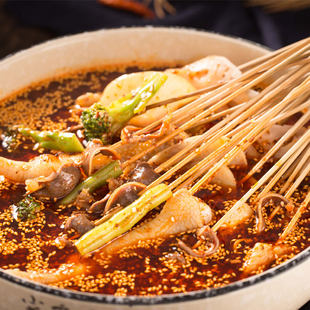
Cold chuanchuan, deep fried chuanchuan, spicy hotpot, Leshan sweet skin duck, Qiaojiao beef … the saying “Eat in Chengdu, Taste in Leshan” does exist for a good reason.
Yibin, an intoxicating city
Located at the intersection of the Jinsha, Minjiang and Yangtze rivers, Yibin is reputed as “the first city of the Yangtze River,” “China’s capital of liquor” and “China’s capital of bamboo.”
Bestowed with a profound cultural heritage, it’s home to the renowned Chinese baijiu liquor Wuliangye, which is made from proso millet, glutinous rice, long-grain rice and wheat, and is also home to the mouth-watering Yibin burning noodles.
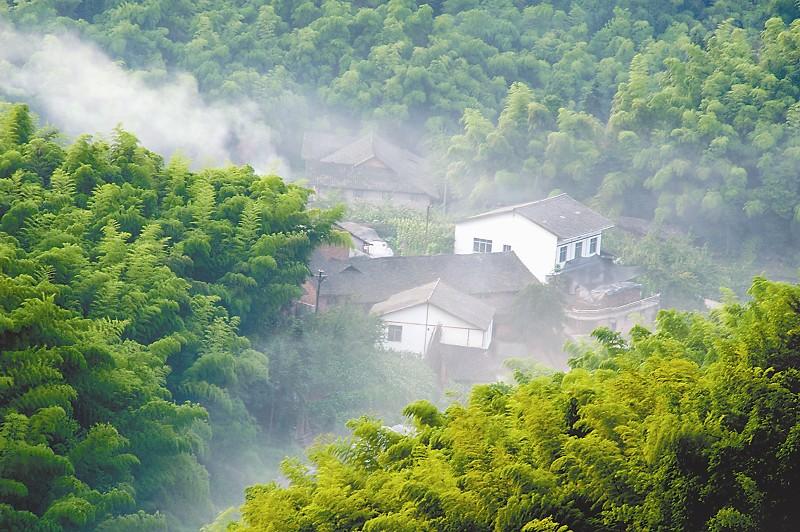
The stunning Southern Sichuan Bamboo Sea and spectacular Xingwen Global Geopark are also located here.
As the “First 4A Class Tourist Attraction,” the Southern Sichuan Bamboo Sea was made famous worldwide by Ang Lee thanks to the movie “Crouching Tiger, Hidden Dragon.” Literally a world of different types of bamboo trees covering over 500 hills, the forest stretches as far as the eye can see and fills the air with the fragrance of bamboo.
With an altitude ranging from 389-1,795 meters, Xingwen Global Geopark is part of the transitional zone of the Sichuan Basin and the Yunnan-Guizhou Plateau. Across the geopark, limestones of different ages are widely distributed. The so-called Xingwen-type karst landform is unique to the area’s particular geography, geology, climate and environment.
Once you arrive in Yibin, don’t forget to check out Lizhuang Ancient Town, which was built during the Ming Dynasty (1369-1644). The ancient town contains numerous preserved old streets and historic structures, including palaces and temples in classical styles, traditional courtyards, and narrow streets paved with blue stones.
When you have time, do go to Yibin to get drunk by the intoxicating liquor and scenery.
Zhaotong, one of the most mysterious places in Yunnan
The operation of high-speed railway stations of Weixin County and Zhen-xiong County means Zhaotong in the northeast of Yunnan has entered the era of high-speed railway.

Zhaotong, also known as Qiucheng, always enjoys the nickname of “little Kunming.” It was an important passage for the movement of Central Plain culture into Yunnan as well as one of the three birthplaces of Yunnan culture, besides Dali and Kunming. Here you will find the most beautiful creature in winter — Grus nigricollis, the black necked crane — and the mysterious hanging coffins.

In Zhaotong, there is a place with an earthy name which is called Dashanbao (literally “a huge mountain bag”). However, the scenery here is so beautiful that there is always something to touch your heart, be it the Grus nigricollis that spend the winter here, the Jigong Mountain grand canyon with stunning views, the gorgeous grass sea, or the time-honored and unaffected village.
The Dousha Ancient Town in Zhaotong is a welcoming place that enjoys ancient paths, waterways, national highways, railway and high-speed railway. With a history of more than 2,200 years, Dousha Ancient Town is one of the important ancient passages linking Yunnan and Central China as early as the 3rd century B.C.
The hanging coffins of Bo People still remain a mystery. Bo People disappeared in the mid and late Ming Dynasty (1368-1644), leaving behind only the hanging coffins and cliff paintings. How they managed to place the coffins on the cliff is still unknown to us.
Bijie, kingdom of karst caves and ocean of flowers
When you come to Bijie, one thing you definitely should not miss is the karst caves. Bijie is home to over 2,000 karst caves, among which Zhijin Cave and Guanyin Cave are quite famous.
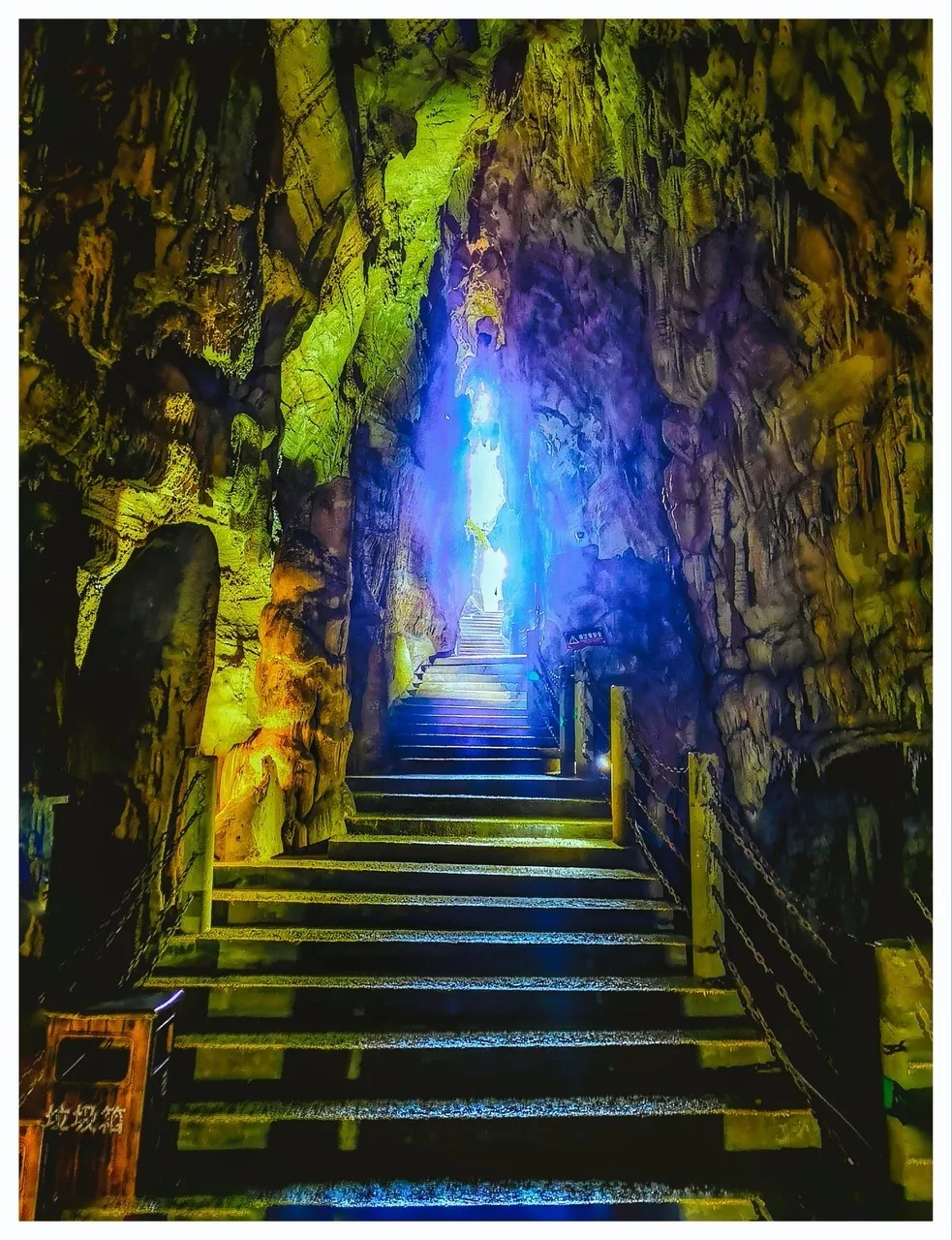 Another must-do in Bijie is to indulge yourself in the flower sea, whether it’s the 100-mile rhododendron flower sea or the wild Chinese chives sea at the Weining grass sea.
Another must-do in Bijie is to indulge yourself in the flower sea, whether it’s the 100-mile rhododendron flower sea or the wild Chinese chives sea at the Weining grass sea.
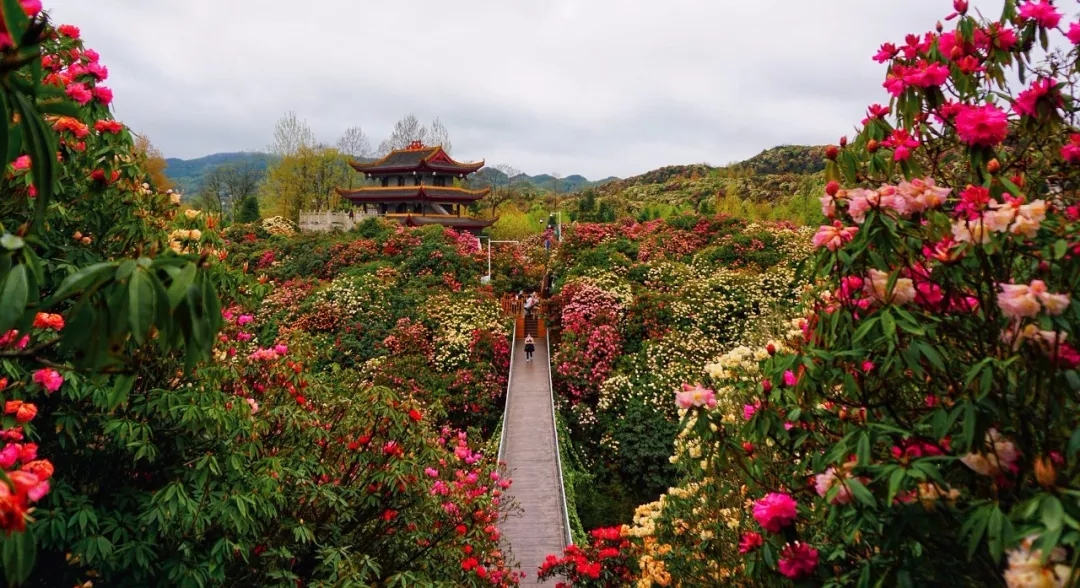
In spring, Bijie turns into a colorful flower world full of rhododendron flowers. In summer, it becomes a summer resort with temperatures reaching only 22 degrees Celsius. In autumn, it is a poetic city with idyllic scenery. And in winter, it’s a warm paradise for migrant birds.